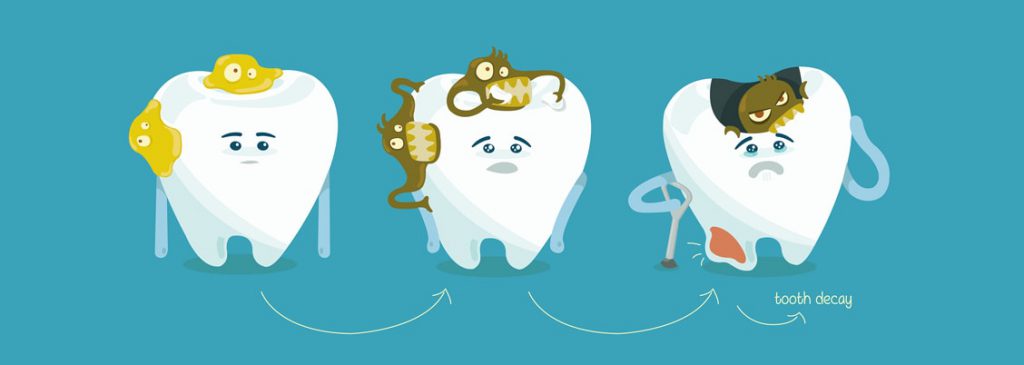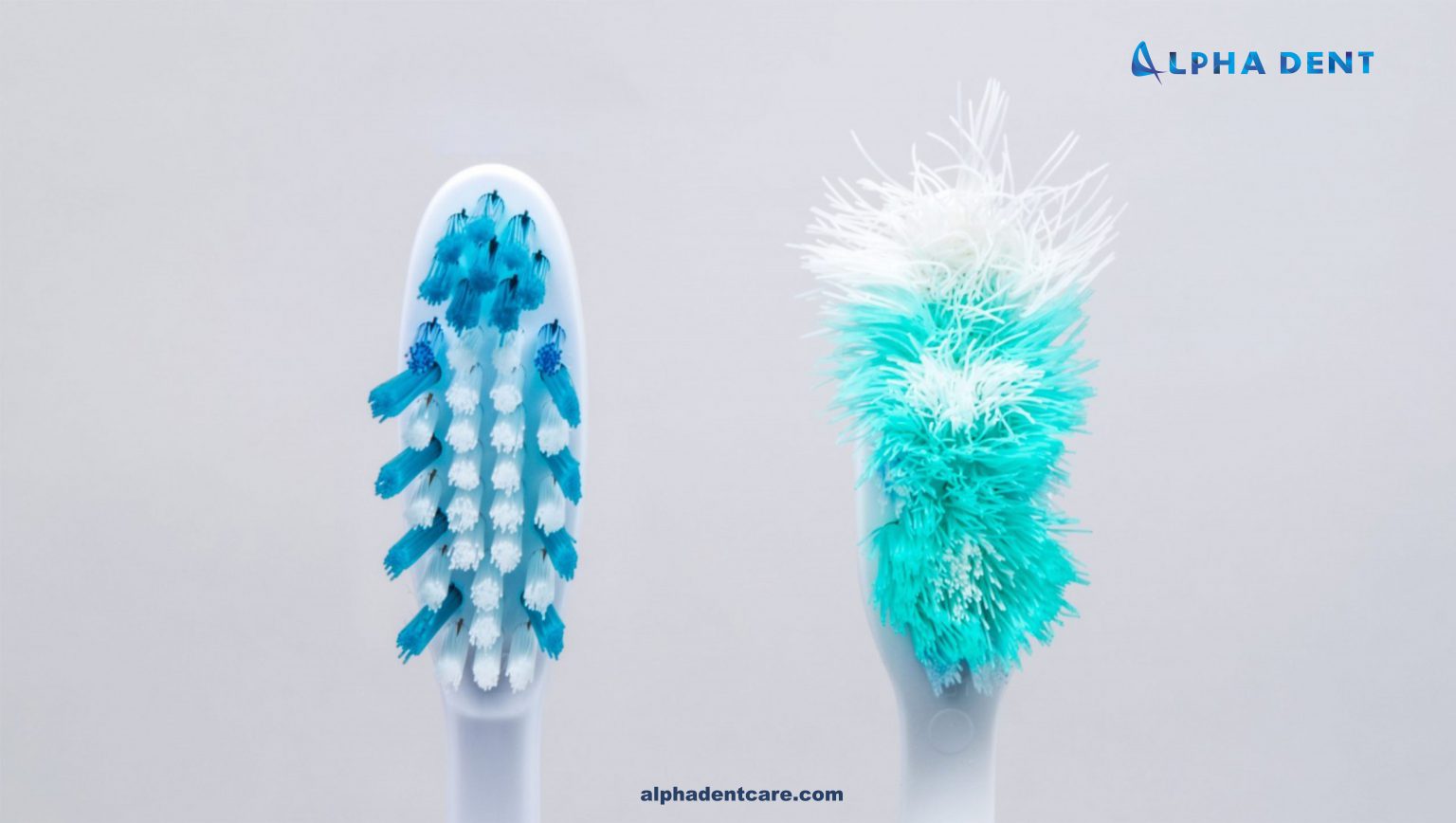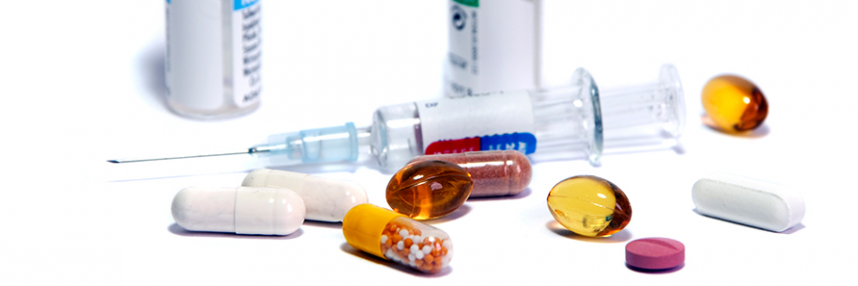Subject: Dental Decay
Compiler: Dr. Milad Sabripoor
Source: the Art and Science
Dental Decay:
Dental decay is an infectious, multifactorial and contagious oral disease, caused by the complex interaction of oral bacterial flora (biofilm) with fermentable carbohydrates in food on surfaces of the tooth over time. Of course, development of decay is very complicated and does not necessarily occur during the simultaneous presence of three factors of tooth surface, oral bactericidal flora and fermentable carbohydrates; however, decay does not occur until these three factors are present in the mouth.
The mechanism of decay development:
Symptoms of tooth decay
• The color of a part of the enamel changes to black or dark gray.
• The tooth surface seems healthy at first glance, but if the tooth surface dries, white spots will appear.
• Appearance of a hole in the tooth at the area of decay
• Having painful or different feeling while eating, especially hot and cold foods.
• Having a bad breath
• Feeling pain when pressing the teeth together.
Bacteria involved in decay:
Although the presence of all three factors in the oral environment is essential for decay development, the most important factor in causing dental decay can be considered to be the bacterial factor. Oral bacteria must be able to attach to tooth surfaces to cause decay, which only few bacteria in the oral environment have that ability. Among these bacteria are the streptococcus family. However, it should be noted that the teeth normally have a biofilm, the predominant population of which is streptococcus sanguis and Streptococcus mitis.
Common areas on teeth that are most prone to decay:
1- Occlusal level (chewing): This type of decay is more common in pits and fissures of tooth surface.
2- Interdental surfaces: This type of decay is more common in the proximal surfaces of the teeth (the area between two teeth).
3- Cervix dentis or the place where the tooth reaches the gum:
The difference between white spots on the teeth and the early stages of decay:
White Spots on the teeth are always visible and they are considered as issues only in terms of aesthetics. But the first stage of decay is similar to white spot, and only appears when the tooth surface is dry.
Factors that increase the risk of tooth decay:
1- Lack of oral hygiene
2- Diabetes
3- Fluoride deficiency in the food and drinking water
4- Consumption of foods high in fermentable carbohydrates such as milk, white sugar, snacks, etc.
5- Consumption of foods with high adhesion to tooth surfaces such as toffees, honey and, etc.
6- Using medications that cause dry mouth, such as sympathomimetic drugs
7- Sjögren syndrome
8- Smoking
The role of saliva against decay:
Oral saliva is known to be an important factor in the process of combating decay. Important salivary defense mechanisms to combat decay include removal of bacteria from the tooth surface, direct antibacterial activity (by enzymes such as agglutinin, amylase, lactoferrin, and lactoperoxidase), buffering, and remineralization. So, saliva secretion can reduce the susceptibility to decay. The amount of saliva secretion varies greatly over time. In adults, 1 to 1.5 liters of saliva is secreted in 24 hours, with the lowest share of this amount related to bedtime and the highest proportion in the time of chewing or oral stimulation.
The role of hygiene in preventing decay:
Oral saliva has a limited ability to remove bacterial plaque from the teeth surface. And, it does not seem to be enough to prevent decay, so oral hygiene is important. Brushing with the mechanical removal of bacterial plaque and its buffering properties play an important role in preventing decay. However, the toothbrush cannot reach the interdental areas, and most decays actually start from these areas; Therefore, flossing along with brushing the teeth is essential.





